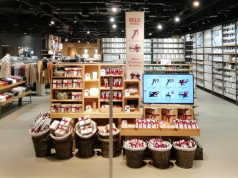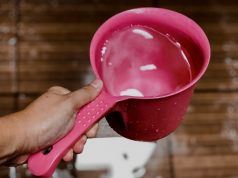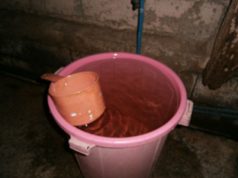A foreign blogger shared his fascination with the tabo or water dipper, a fixture in Filipino households, and noted that it’s being sold in a famous online shopping website for eight dollars.
Tom Kuegler in his Facebook page “Finding Tom” shared a video where he referred to the tabo as the “coolest Filipino household item.”
He first encountered the tabo when he came to the Philippines six months ago. He then became a fan of the simple molded plastic.
The Coolest Filipino Household Item (TABO)
This little contraption fascinates me! 🙂 MUSIC: BAOJ – SOULD
Posted by Finding Tom on Thursday, October 25, 2018
Kuegler admired how the tabo can economically save the environment since it can be a substitute for toilet paper.
The blogger also noted how Filipinos use the tabo in their everyday lives and shared that people can use “less water” if they use it instead of using a showerhead.
Apart from that, he also shared a brief history of the tabo in Filipino lifestyle and noted that it was once in the form of coconut and bamboo.
“I got this one (the tabo) in Amazon for (a) super cheap (price). It was like, eight dollars or something so if anyone wants to try out using a tabo in their bathroom to save toilet paper, to save water, you could just go to Amazon and buy one yourself!” he exclaimed in the video.
The famous online shopping website sells the tabo—referred to as a “deep water dipper”—for around $8 to $9.
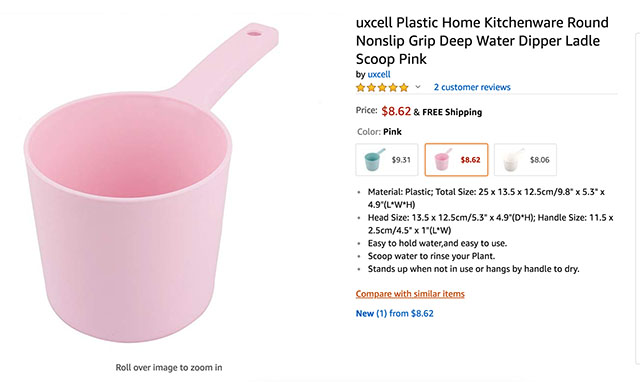
Tabo, from antiquity to the present
The tabo has its roots during the Philippine pre-colonial period, when our ancestors used it as an all-purpose household item. It was made out of coconut and bamboo.
Medical anthropologist Michael Tan in his column titled “Tabo Culture” noted that the tabo was found in our ancestors’ houses entrance next to a palayok or a terra-cotta water jar for cleaning purposes.
Guests are supposed to wash their hands and feet before entering a house.
“There, the tabo speaks of courtesies, the host’s, as well as the guest’s,” Tan said.
It was also present in the kitchen, where ancient Filipinos would fill it with potable water as a substitute for today’s pitcher or fill it with water from wells or rivers for general cleaning purposes.
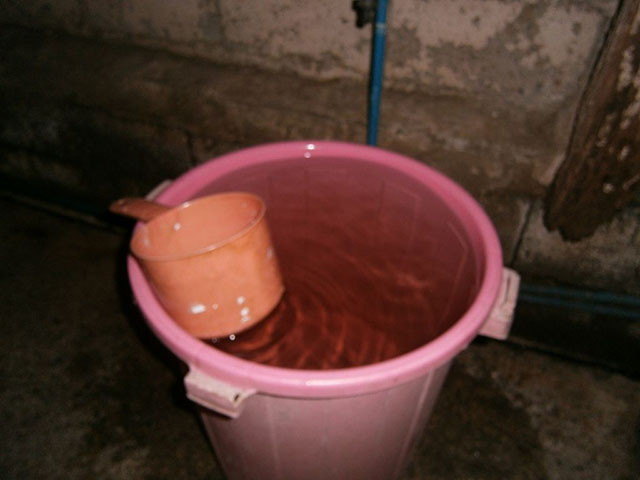
Tan noted that the tabo was an indication of our ancestors’ “obsession with cleanliness” since it was a ubiquitous item in Filipino households, next to the palayok.
Historian Lito Nunag also noted in an interview that it was developed to help Filipinos have an easier and more convenient access to water instead of constantly going back and forth to wells or rivers.
“Malayo masyado ‘yung pinagmumulan ng tubig so mayroon (ang Filipino na tabo). Kaysa tumayo sila papunta roon para maghugas ng kamay, ang (tabo) ang ipapaikot para maka-save ng time at tubig,” he said.
The tabo was modernized when the Americans occupied the country and introduced plastic.
Other countries such as Indonesia and Malaysia also have their own versions of the tabo—the gayung. — Featured video by Uela Altar-Badayos





